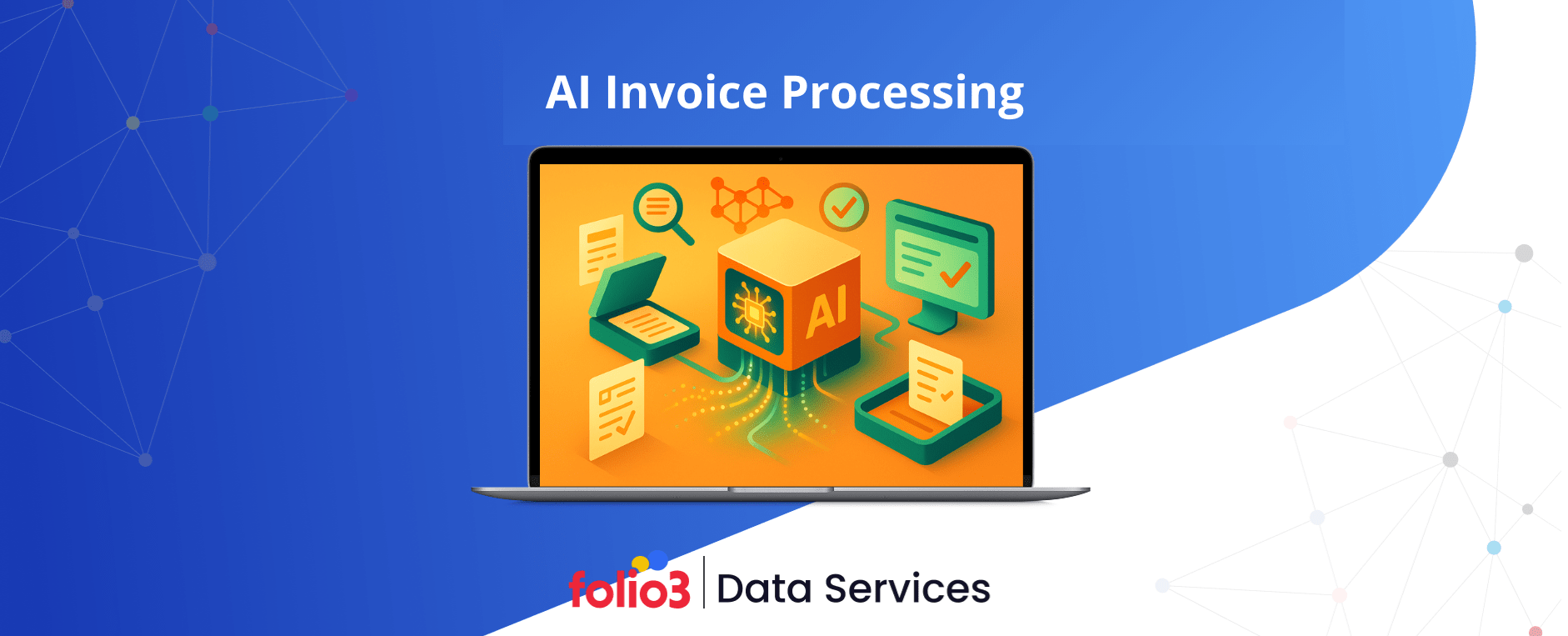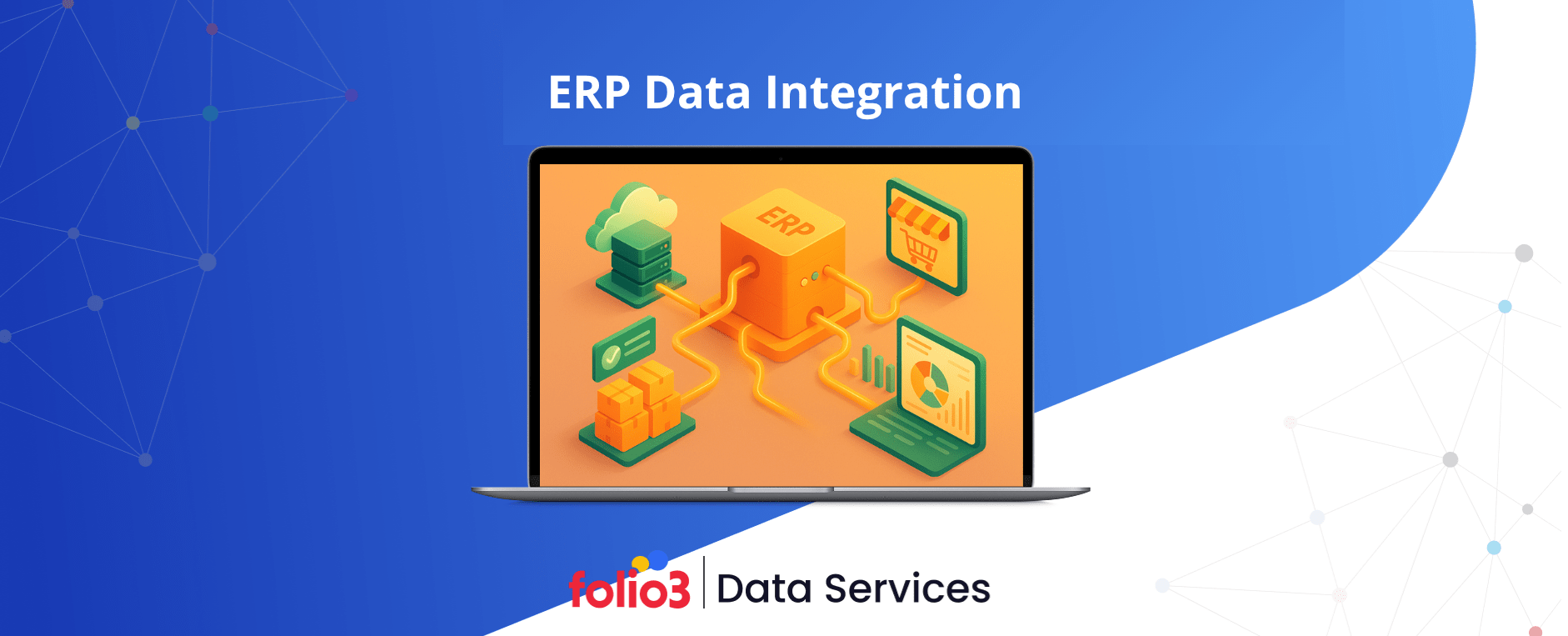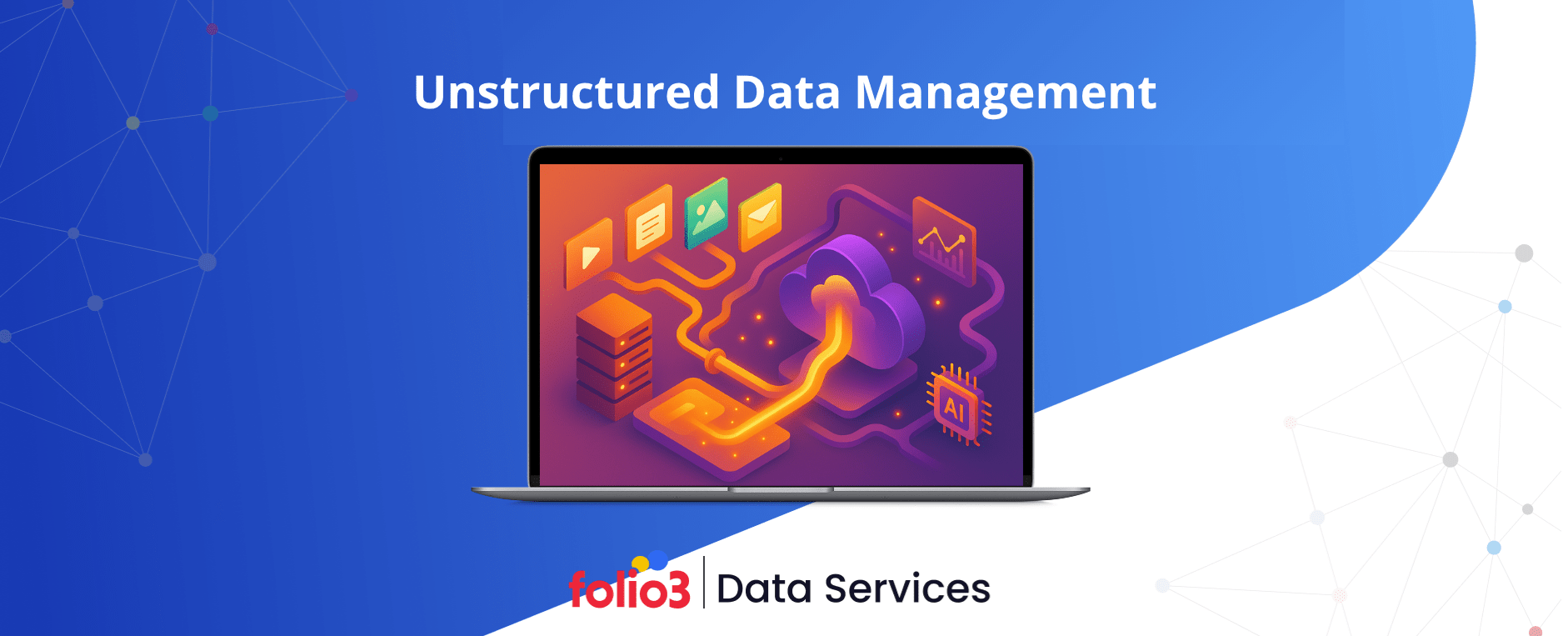Building a successful business requires more than intuition — it demands data-driven decision-making. That’s where a well-defined business intelligence strategy comes in. By turning raw data into actionable insights, organizations can uncover opportunities, mitigate risks, and streamline operations.
A strong BI strategy empowers companies to extract valuable information from their data, providing a competitive edge.
According to recent reports, the global business intelligence market is projected to reach $54.27 billion by 2030, growing at a CAGR of 9.1%. Additionally, by 2025, 75% of organizations are expected to rely on cloud-based business intelligence and analytics solutions, up from 45% in 2021.
From understanding customer behavior to forecasting market trends, business intelligence plays a crucial role in modern enterprises. Data-driven organizations are 23 times more likely to acquire customers, six times as likely to retain them, and 19 times as likely to be profitable. Organizations can align their goals, optimize processes, and drive sustainable growth with the right BI strategy roadmap.
In this blog, we’ll explore the essential components of business intelligence, provide a detailed business intelligence strategy example, and outline the steps of the business intelligence process to help you build a winning enterprise business intelligence strategy. Let’s dive in.
Steps to Develop a Successful Business Intelligence Strategy
Implementing a robust business intelligence strategy requires a clear roadmap that aligns with your business goals. From defining objectives to ensuring user adoption, every step is crucial in turning data into actionable insights. By following these business intelligence process steps, organizations can develop a successful BI strategy that empowers smarter decision-making and drives growth.
With the right blend of technology, governance, and skilled personnel, you’ll unlock the full potential of your data and gain a competitive advantage in your industry. Let’s explore the essential steps to create an effective enterprise business intelligence strategy that drives growth and competitive advantage.
1. Define Clear Business Objectives
The first and most critical step in any business intelligence plan is to define clear, measurable objectives. Establish key performance indicators (KPIs) that align with your business goals.
For example, a retail business may aim to improve inventory management, while a financial institution may prioritize fraud detection using predictive analytics services. Ensure that every stakeholder agrees on the objectives to prevent misaligned efforts down the line.
2. Assess Current Data Infrastructure
Evaluate your existing data systems to identify gaps and opportunities. This includes analyzing data storage, data management tools, and the overall IT environment. A comprehensive assessment—often part of advanced data analytics services—will help determine whether upgrades or integrations are necessary to support your BI strategy roadmap.
3. Identify Data Sources
Gather and categorize relevant data sources within your organization. These may include internal databases, CRM systems, ERP software, and third-party applications. Ensure you capture structured and unstructured data to provide a complete view of your business operations. Logistics companies may collect data from GPS trackers, warehouse management systems, and supplier networks to optimize delivery routes.
4. Select the Right BI Tools & Platforms
Choosing the right business intelligence tools is essential for effective data analysis and visualization. Consider platforms that offer scalability, flexibility, and robust analytics capabilities. Popular choices include Microsoft Power BI, Tableau, and Snowflake. Companies using modern BI tools report a 50% faster time to insights than traditional reporting methods.
5. Establish Data Governance Policies
Data governance ensures the accuracy, security, and accessibility of your data. Develop policies that cover data privacy, compliance, and management responsibilities. Implement role-based access controls to protect sensitive information. Regularly audit data quality and establish a transparent chain of accountability to maintain data integrity.
6. Build a Skilled BI Team
A successful business intelligence strategy requires a dedicated team of experts. Include data analysts, engineers, and business domain specialists to interpret insights effectively. Provide ongoing training to update your team on emerging BI technologies and trends. Organizations with skilled BI teams are 3x more likely to achieve their data-driven goals.
7. Implement Data Visualization and Reporting Processes
Data visualization services simplify complex datasets, making it easier for decision-makers to interpret insights. Leverage dashboards, charts, and interactive reports to present data effectively. A retail chain uses BI dashboards to track sales performance in real-time, enabling store managers to adjust promotions based on current trends.
8. Ensure User Adoption & Training
Even the most well-designed BI system will fail without proper user adoption. Conduct comprehensive training sessions to familiarize employees with BI tools. Encourage a data-driven culture where employees leverage insights for decision-making. According to research, companies with a strong data-driven culture are 162% more likely to exceed revenue goals than their competitors.
Key Components of a Business Intelligence Strategy
Organizations must understand its core components to create a successful business intelligence strategy. Each element plays a vital role in ensuring data-driven decision-making. Let’s break down the essential components of business intelligence that make a solid BI strategy roadmap.
1. Data Sources & Data Collection
Data is the foundation of any business intelligence plan. It originates from various sources such as CRM systems, ERP software, third-party data providers, social media platforms, and IoT sensors. Efficient data collection—often part of business intelligence services—involves integrating structured and unstructured data to gain comprehensive insights.
According to IDC, the global data volume is expected to reach 175 zettabytes by 2025, highlighting the need for effective data collection strategies.
2. Data Warehousing & Storage Solutions
Once data is collected, it needs to be stored securely and efficiently. Data warehouses serve as centralized repositories that consolidate information from various sources. Cloud-based solutions like Amazon Redshift, Google BigQuery, and Snowflake offer scalable and cost-effective storage.
Companies that adopt cloud data warehouses experience a 40% improvement in data accessibility and analysis, enhancing their business intelligence strategy example.
3. Data Governance & Quality Management
Maintaining data accuracy, security, and compliance is essential. Establishing robust data governance frameworks ensures data is reliable and accessible to authorized users. Quality management practices like data cleansing, validation, and deduplication also enhance the accuracy of insights. Implement data catalogs and automated data quality monitoring systems to streamline governance.
4. BI Tools & Technology Stack
The right tools are critical to implementing a successful enterprise business intelligence strategy. Tools like Microsoft Power BI, Tableau, and Qlik provide powerful analytics and visualization capabilities. Additionally, AI-powered platforms offer predictive analytics for proactive decision-making. Businesses using advanced BI tools report a 50% faster decision-making process than traditional methods.
5. Data Visualization & Reporting
Effective data visualization is key to making complex data understandable. Dashboards, interactive charts, and real-time reports empower stakeholders to make informed decisions quickly. Customizable reports tailored to different departments ensure relevant insights for every business unit.
A retail company uses real-time dashboards to monitor sales performance across multiple regions, leading to a 20% increase in revenue through data-driven promotions.
Conclusion
Building a robust business intelligence strategy is no longer optional — it’s necessary for organizations seeking to remain competitive in the data-driven age. Every component plays a crucial role in ensuring informed decision-making and long-term success, from collecting accurate data to implementing visualization tools.
Folio3 offers comprehensive data services designed to help businesses harness the power of their data. Our expert team specializes in developing customized business intelligence strategies tailored to your organization’s unique goals. Whether you need assistance with data integration, governance, or visualization, Folio3 has the solutions to drive your business forward.
Contact Folio3 today to explore how our end-to-end data services can transform your business insights into actionable results.



